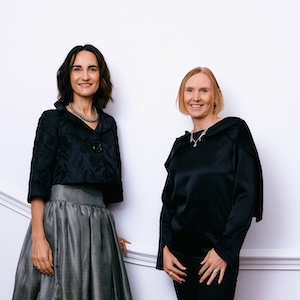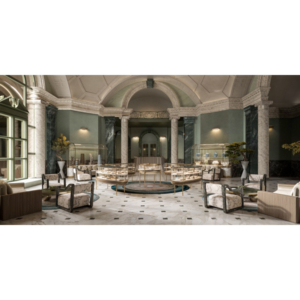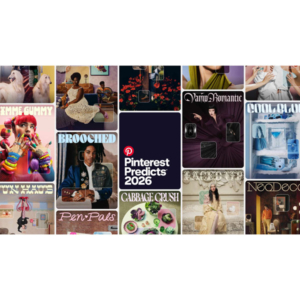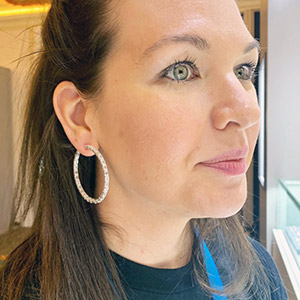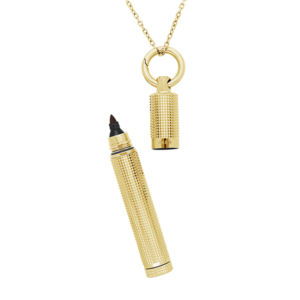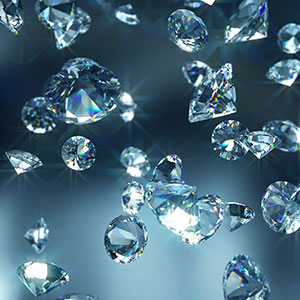
For the last few years, the lab-grown diamond sector has led a mostly charmed existence. Demand kept rising, particularly in the United States, as the business benefited from growing consumer acceptance and all the factors that boosted the industry during the COVID-19 pandemic. Yes, lab-grown prices kept falling, but in some cases, production costs fell, too, and since overall demand was up, most players still made money. That led to more and more people entering the business.
It appears that demand is continuing to rise, even as the U.S. economy has started to slow. Just recently, Breitling and Blue Nile embraced lab-grown, and Swarovski and Pandora expanded their fashion-oriented lab-grown lines. There’s evidence lab-growns are nabbing market share from natural diamonds, a sector that has its own issues.
And yet, even for a business where price drops are common, the lab-grown decreases this year have been particularly dramatic, especially after one large manufacturer lowered its rough prices. It’s now become common to hear dealers, particularly of goods with “tinges,” advertise diamonds at 95% or 96% off of the Rapaport list. (This is at a time when Rap prices are also falling.) One exhibitor at JCK Las Vegas even advertised 1 carat lab-growns for 100% off Rap—i.e., free—claiming he would make money on the mounting.
And while the price drops at wholesale have outpaced those at retail, retail prices are dropping too. The big issue that damaged the natural diamond business for independent retailers—price competition from online merchants—is now starting to hurt the lab business as well. Ironically, the one major lab-grown retailer that has not lowered its prices is Lightbox, which has stuck to its $800-a-carat pricing scheme, originally criticized as too low.
There’s a general consensus that there are too many people in the lab-grown diamond business—on both the growing and dealing side—and that will have to change.
“We’re seeing major industry shakeouts,” says Lindsay Reinsmith, cofounder and director of sales for Ada Diamonds, a lab-grown retailer that just closed a Series A funding round. “Lots of growers who got into the space in the last 18 months have run out of cash and are fire selling to get out. The panic selling is wild, but hopefully this means a lot of growers are getting out.”
Ben Hakman, an industry consultant and founder of Fire Diamonds, says that while the big players will be “fine,” some of the newcomers may be headed for the exits.
“It takes a few years to fine-tune your production. With most CVD in the market, the quality is not there. The stones have grayish, brownish, pink tinges. Retailers lost trust in the product, and the entire business has become a memo business.”
Some of the new dealers are being hurt, too, Hakman says.
“Companies like Quality Gold and Green Rocks have over 10 years of relationships with the industry,” he says. “But a lot of the new players don’t have that. So they got into the game, bought goods, and the cost went down since they bought them. They are selling at a loss.”
Stanley Wong, a Hong Kong–based lab diamond consultant, says, that “with the cloud hanging over to the U.S. economy and Rapaport prices falling, the lab business has become like tulip-mania.
“I get lists [of diamonds], and they keep getting longer and longer and the prices keep getting cheaper and cheaper. Demand is not growing at the same amount growers are adding capacity.”
Wong believes a soft landing is possible, but the lab industry needs to rethink its positioning.
“Lab diamonds are not luxury,” he says. “The whole concept of affordable luxury is an oxymoron. To keep riding on the coattails of natural business doesn’t work. Lab-grown is never going to have the same value proposition.
“What the lab-grown industry needs is some kind of cohesion,” Wong says. “There needs to be an ecosystem to support the lab-grown business, which looks at it as a global business with its own unique selling proposition, its own story. You want to talk about happiness, enjoyment. Lab-grown diamonds are less expensive, so there’s room for more innovation in design, in cutting.”
Right now, though, the business is on autopilot, Wong says. And that’s dangerous.
“Growers act like they’re running a bakery, and they can’t stop producing. But they are not producing quality. Just because you have an oven, doesn’t mean you are a master baker. And no one wants their bread.”
Photo: Getty Images
- Subscribe to the JCK News Daily
- Subscribe to the JCK Special Report
- Follow JCK on Instagram: @jckmagazine
- Follow JCK on X: @jckmagazine
- Follow JCK on Facebook: @jckmagazine

